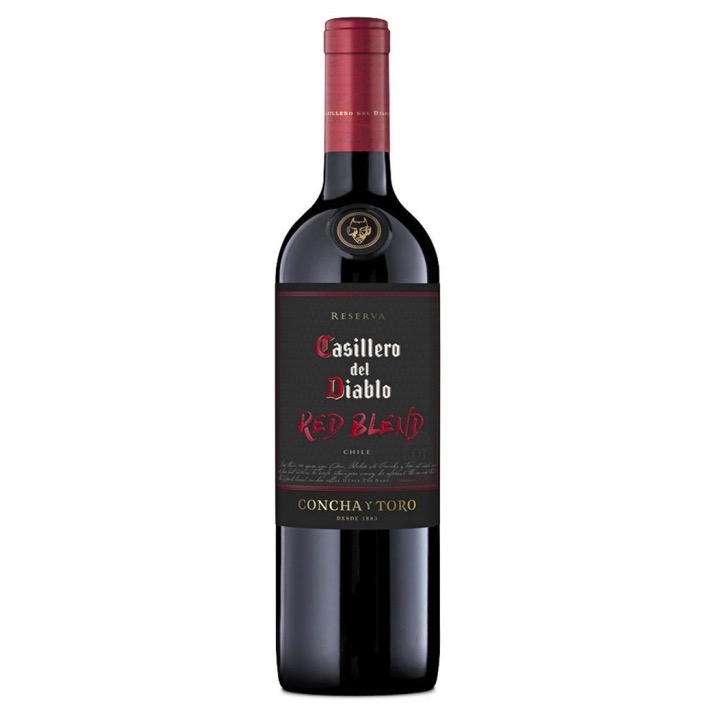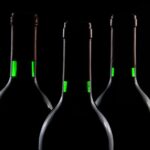Take me to the bridge wine.
Red blends are on the rise. But these aren’t wines that emulate blends of Bordeaux or Rhône.
The trend started with E&J Gallo’s hit Apothic Red spawned imitators. None of them seem to taste like specific varieties used to make them. They have no sense of place, or “terroir.”
There are sweet, 1.5 percent or more residual sugar (under .3 is considered technically dry). That sweetness, and the electric purple hue it gives the wine, comes from the addition of grape fruit concentrate, which lacks the foxiness of Concord grapes from which it is made, though it gives a grapey lift to fruit along with sweetness. They’ve been controversial in highfalutin’ wine circles.
Wine writer Jamie Goode asserts these are made for a certain market and can serve as a bridge for new wine drinkers or those who avoid reds. My bridge wine was Taylor Lake Country, for others it may be Red Cat.
But I find these wines tiring on the palate. They are tasty, but are so lacking in tannins and acids, I don’t want to keep drinking them or have them with a meal. I’ll grant Goode that some people are hyper-sensitive to these things, and these red blends may be for them.
Casillero del Diablo 2017 Red Blend from Central Valley, Chile, offers a bright, sweet burst of fruit with a touch of smoke at the end, but not a hint of acid or tannins. $11. ★★★
Part of me almost hoped that 7 Moons Dark Side 2017 California Red Blend, was a rustic blend of California heritage varieties, such as petite sirah and zinfandel. Nope. It’s more of the explosive fruit, with lots of chocolate, like a cherry cordial chocolate dessert and a hit of cola. ★★★
What to do with these? A fun tasting exercise may be trying them with a selection of chocolates. Very few wines pair with chocolates, but these may.
GRADE: Exceptional ★★★★★, Above average ★★★★, Good, ★★★, Below average, ★★, Poor, ★.
DAVID FALCHEK, executive director of the American Wine Society, reviews wines each week.




